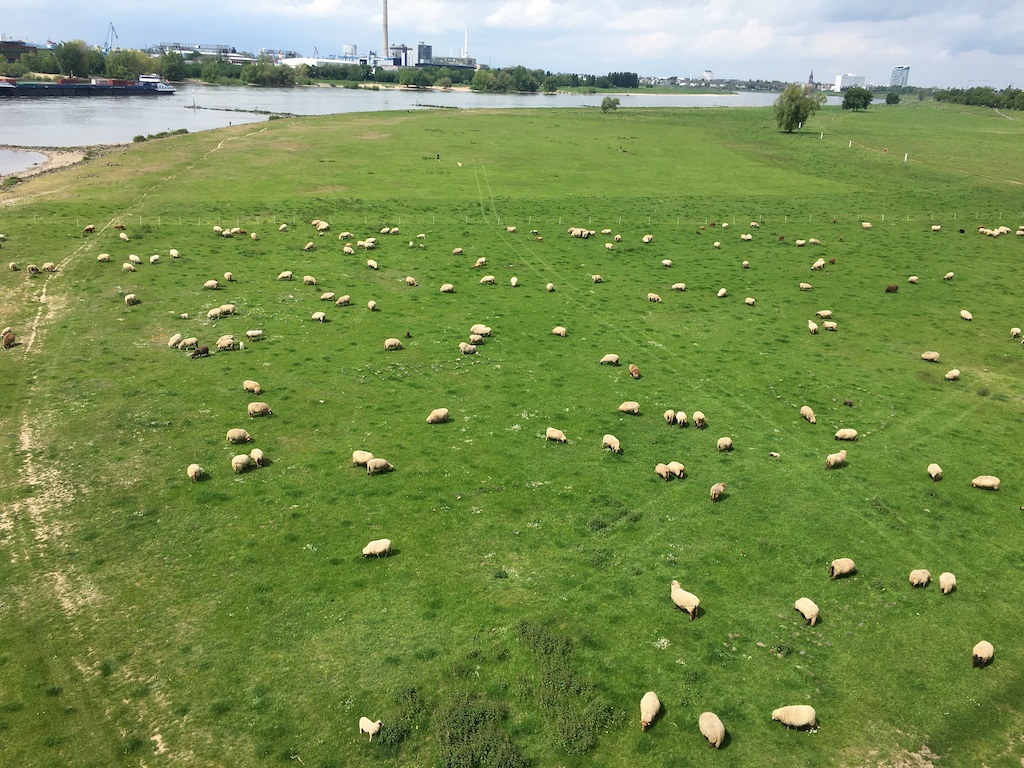Sustainable, Sustainability, Sustainable Development – these are the words we often heard in the past ten years. So, what is sustainability?
If you ask somebody, the answer may be: ‘Save the earth.’
A more specific answer could be: ‘Reduce plastic.’ Or, ‘Carbon reduction’, as well as sorting garbage and saving energy – that’s what ordinary citizens can do.
Everything seems too far away, and we ain’t superman/government/scientist/expert, meaning SOMEBODY will save the earth, and I can only save my own arse.
Is this really the case?
Out of curiosity, I recently took an online course called The Age of Sustainable Development, which is provided by Columbia University in New York City, USA. The professor is an American economist, Jeffrey Sachs . It’s FREE for everyone and I highly recommend it.
From the course, I learnt being environmentally friendly and loving the earth is not enough. It involves a very wide range of history, geography, economy, culture, education and politics, in which there are many things that we cannot control or change, such as the history that has happened, the different geographical locations of each country, and the policies promoted by the government etc,.
However, there are always some things that we should understand, and we can also make a contribution, especially the one related to food.
The following are some points that are particularly impressive.
The global population is growing rapidly, will we have enough to eat?
In 1950, the global population was 2.5 billion people. In 2021, 7.9 billion, more than tripled in just 70 years. According to the data of the United Nations, it is estimated that by the end of this century, that is, by 2100, there will be almost 11 billion people.
Do you know 30% of our earth is land and 70% is ocean? Nearly 40% of the land is arable land, and land related to animal husbandry. So, about 50 million km² are used for both arable land and pasture, while about 14 million km² are used for arable land only.
Though it’s difficult to imagine, we do know one thing – the population has been increasing in a fast pace, more food is needed but the arable land on earth is only that much, meaning, the supply will fall short of demand.
In other words, if the food supply does not keep up with population growth, more people will live with hunger.
Some people starve, some eat too much
The current food supply is adequate to meet demand, yet nearly 2.4 billion people around the world often do not have a balanced diet, or have no food at all. The United Nations set 17 Sustainable Development Goals (referred to as SDGs), the second is ‘End hunger, achieve food security and sustainable agriculture’.
Ironically, some people struggling for the next meal, whilst others eating too much, leading nearly 200 million people in the world are overweight or obese.
Eating may considered as a blessing – keep eating until you are chubby enough, and guests should be treated with feasts.
In a banquet, you can see oversized fish and meat – the portions are too large that the guests can’t finish – and it’s called being polite. Who would have thought that someone on the other side of the world would be hungry and have nothing to eat?
And you probably don’t know that kitchen waste and leftovers are not just thrown away – being wasteful – but also release methane when the food is discarded and decomposed naturally.
What is methane? You have to know this.
What is Greenhouse Gas Emission?
Let’s start by understanding what greenhouse gas (GHG) emissions are.
To put it simply, when the sun is shining, the sun shines on the earth, and the earth becomes warmer. At night, the earth cools down and releases heat energy. The gases in the atmosphere lock up part of the heat energy. Those are called greenhouse gases. Those gases that can lock heat energy do not only refer to carbon dioxide (CO₂) that you and I often hear, but also methane (CH₄), nitrous oxide (N₂O) and other gases.
70% of greenhouse gas emissions are carbon dioxide (mainly from the use of fossil fuels: coal, oil, natural gas), and nearly 20% are methane. Although the proportion of methane is relatively small, methane has a stronger heat absorption capacity than carbon dioxide and has a ‘short life’, that is, it stays in the air for a shorter time, so it is also very important to minimize methane emissions.
Eating meat will increase methane emissions
Not only does food release methane when it is left to decompose naturally, but so does eating meat, especially beef.
Cows have strong stomachs that can digest grass and uncooked grains, which are fermented in the gut to produce gas, one of which is methane. Contrary to popular belief, cows actually release more methane when they burp than fart!
Having said that, in fact, what food we choose to eat also has an impact on the ecological environment.
Cattles Eat Grass, and Grass Need Water
It never occurred to me that eating meat would have ‘side effects’ on the ecology.
Take beef for example. If you want to eat beef, you must first have a healthy cow. If you want to feed it with grass and grain, you must first have a land to grow grass and grain, and then use a lot of water to irrigate the farmland in order to feed the cattle.
Of course, there is still controversy about how many liters of water are used in terms of eating 1kg of meat. Some say it takes as much as 20,000 liters, but the owner of the ranch said that only a few hundred liters are needed, because the grassland for cattle is naturally raised. Special irrigation is required. I think that the difference in geographical location will also make a lot of changes in the factors.
The following short video by Vox explains how changing eating habits can have a positive impact on climate change.
You don’t have to cut out all meat, but eating less can help.
Agricultural Fertilisers – Greenhouse Gases and an Accomplice to Ocean Dead Zones
Not only that, the main components of agricultural fertilisers are nitrogen and phosphorus, which will produce nitrogen oxide when decomposed. Part of which is released into the atmosphere, and part of it runs into the ocean (or fresh water) .
These ‘nutrition’ make the algae multiply and gradually accumulate to form an algal bloom, which covers the surface of the water and blocks sunlight from reaching the water, resulting in an oxygen-deficient state in the water.
At the same time, the algae die and are decomposed by bacteria, depleting the oxygen in the water. And make fish and coral die, caused ocean dead zone.
In fact, the above are just a few points: how the food supply and demand and operation system of the present generation have an impact on climate change. It seems that the challenge is very big, and the walls are high everywhere, which is helpless.
You may think, even what you eat is restricted, how can life be fun? Yes, there is a price to be paid for pleasure. Our generation enjoys pleasure, and the earth should still be ‘livable’ when we die, but it is our next generation, or the next generation, who bears the price. And people in poor countries are particularly vulnerable and bear the brunt of climate change.
Climate Change is not a matter of some people, but a matter of global mankind. I put the knowledge I have learnt into this article, not only reminding myself, but also helping others to understand what can we do amid the climate change crisis.
If you’re trying to eat more vegetables and less meat, I can share my insight with you through the below two articles:
A Beginner Guide – How to Easily Cook Indian Vegetable Curry
A Plant-based Diet Beginner’s Honest Sharing


